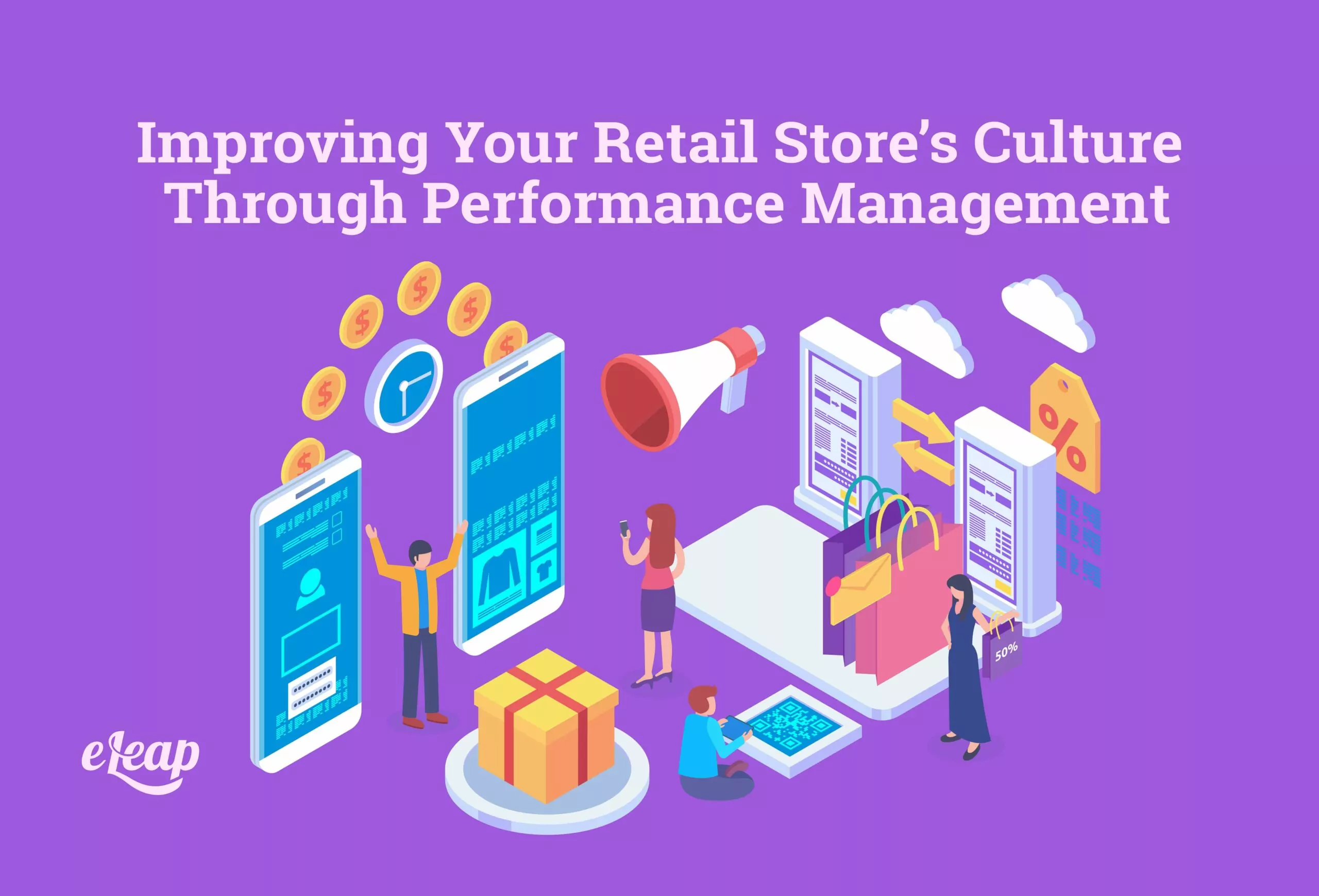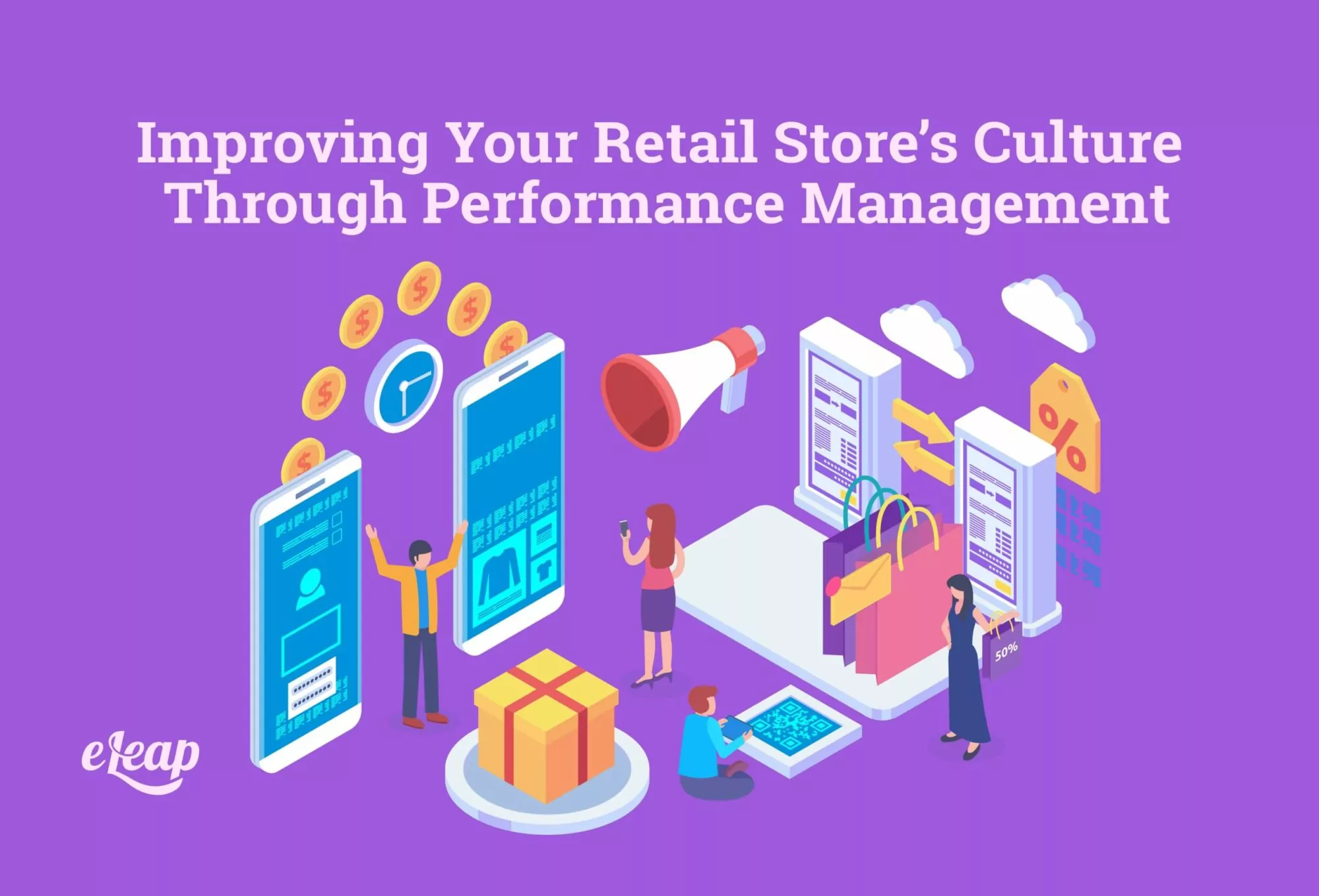Improving Your Retail Store’s Culture Through Performance Management

Between the pandemic and the Great Resignation, the service industry, including retail, has suffered greatly. There are more positions than employees to work them, and many former employees from this industry have found work elsewhere either because of the shutdown that put their retail job in jeopardy, or the poor working conditions and pay that many retail workers are discussing—and balking against—these days.

The Struggles are Multifold
We’ve reached a point in the current economy where everyone wants to play the blame game. Part of the reason that retail establishments and restaurants are still struggling is that everyone wants to talk about whose fault it is or what’s wrong and why it isn’t ‘on them,’ but the reality is that if the culture is off, it’s everyone’s fault. And that starts at the top. What kind of example are your leaders setting? Are they being reputable, acting with integrity, and making sure that people get the recognition and support they deserve?
Culture shifts like this don’t happen overnight. There needs to be a full assessment of the situation once a solid performance management system is integrated, including a look at the analytics that might be able to identify patterns.
Tips for Making Improvements
There are several different ways that you can make adjustments and create a much more successful retail business. This means success both in terms of profits, as well as success in the process of having a strong, engaged, learning-focused culture. These elements will ensure that you can help improve your employee culture before you even get started so that you know that you’re on the right path.
In that regard, here are some tips that you’ll want to keep in mind to ensure that your retail culture hits the mark every single time.
- Understand what culture entails, as much as what it doesn’t. Making sure that your culture, or the shared passion and purpose in organizational values and vision, is cohesive and focused on delivering a collaborative solution.
- Culture is fluid and needs to remain that way. Most retail businesses and leaders think that it’s more cut-and-dry, but today, culture includes all things flexible—as well as the ability to recognize what elements aren’t included.
- Be transparent first and always, this includes with your employees and their hiring and development. Transparent companies are the ones who have nothing to hide and just want to offer their solutions to the customer. The transparency will help build your reputation and give people a stronger bond with your brand.
- Do as I do. This is an important one—too often we have leaders trying to make changes by parroting the best practices they read about and not actually doing any of the work themselves. However, the best leaders are the ones that walk the walk and talk the talk. Instead of telling people how you’re going to improve culture and engagement, show them.
- Learn from the competition. Other retailers have already been through what you’re facing and if you do your homework, you’ll be able to see which companies were able to keep it together and what they did right. This is also a great way to see what someone did wrong so that you don’t make the same mistakes in balancing your retail culture.
There is a lot more to the process of hiring and training, as well as the undertaking of changing your company culture from the inside out. In an industry like retail, though, that makes all the difference. If the leaders aren’t excited about growth opportunities, no one will be. Remember, too, that there’s no one path to culture improvements so much as there is a process for figuring out which changes you should (or want to) make.
Be Prepared to Bring in New Culture Perspectives
During a culture shift, teams lose people as part of the process. Those who are inhibiting the new culture or encouraging the old, negative way of doing things are keeping everyone in the company from moving forward. You can do a lot to change the culture that you have and get your current employees on board. However, there are going to be some that just don’t get it or don’t care to try. For those people, you’ll want to bring in new leaders and even new entry-level employees to model the new culture that you want the team to have.
Think about which aspects of company culture are most important to you. Are you trying to become an authority in your retail niche? Do you want to make sure that your employees feel valued? Make a list of goals that you hope to achieve with the culture shift. That will help you outline the right people to hire to help you get there. Most of them will be employees or leaders in the organization. However, consultants also fall under this umbrella, so you shouldn’t shy away from getting a third party’s opinion.
Performance Management is Proactive
The best way that performance management can work is proactively. By creating an ongoing dialogue and making sure that no one is dropping the ball, there will be more in-line learning opportunities and fewer static training courses that are hard to take back to the job site. In an industry like retail where it seems like every day is another uncertainty, you need to do everything in your power to ensure that you have the best people and that they are performing at their best for you.
Taking a proactive stance also means putting performance management first and developing a continuous improvement mentality that is always looking for the next best thing. When you develop the skills and mentality, the culture of your retail store will start to improve in several ways. More importantly, if you don’t make improvements, you could see things like:
- Employees leaving
- Customers abandoning your business
- A disgruntled workforce
- Trouble in training and development
- A continuation of a toxic culture in the workplace
Are you ready for a culture shift? Performance management and the tools that it offers can do a lot to help you find ways to help everyone improve.